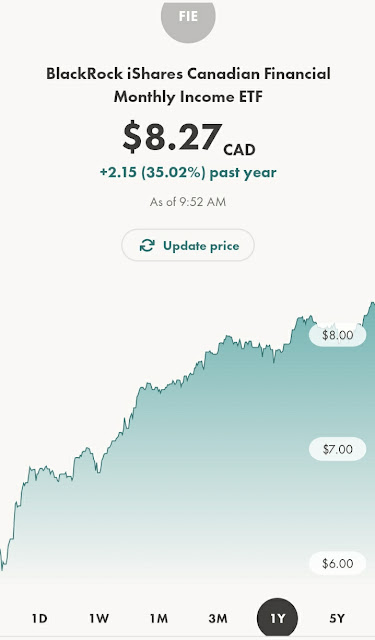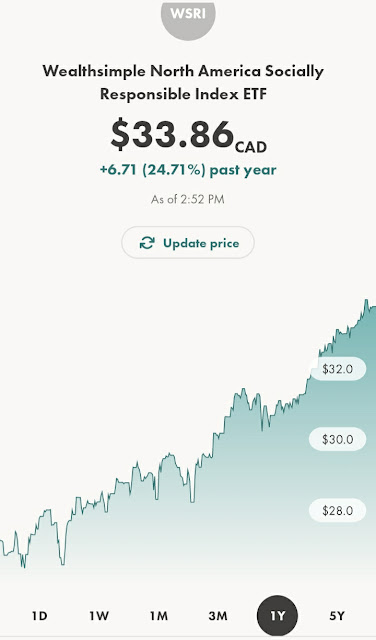I really love Limit Sells, especially the 90 day version.
The beauty of this particular feature is that I can buy a stock for $1 and then immediately create a Limit Sell to sell it when it reaches a specific price. So for example I might sell it for $1.50, but it is unlikely to reach that price in 1 day.
But if I am expecting the stock to reach that price eventually, sometime in the next 3 months, then I can do a 90 Day Limit Sell.
So I can buy 100 shares of a stock for $1 each (using a Limit Buy so I know exactly what price I am getting) and then immediately create an order to do a 90 Day Limit Sell for a specific price. Eg. $1.50.
It might not reach that price immediately, obviously, but I am willing to wait 3 months for it to achieve that.
Obviously I would never due to this with a stock which I consider to be a "Long Term Darling" or with a Dividend Stock which I am buying because I want the dividends from it.
No, the purpose of the Limit Sell is really so I can buy a stock I expect to rise in value sharply during the short term, then sell it and collect my profits.
The stock market equivalent of a short term relationship, wherein the "buyer" dumps the stock once they've made the desired amount of profit.
And if it doesn't reach the desired value after 90 days then it is time to reassess and perhaps sell for a lower profit. Or perhaps keep it and do another 90 Day Limit Sell so that it eventually reaches the desired amount.
Let's pretend for a moment you did this with 4 stocks during 1 year.
You start by investing $1000 in 1 stock you expect to go up a lot in a hurry. You sell it for $1500 using the limit sell.
You then have a choice. Pocket the extra $500 or reinvest it?
Let's pretend you reinvest it.
You buy $1500 worth of a different stock (#2) and do a limit sell that sees you selling it for $2,250.
Again, same conundrum. Pocket the profits, or reinvest?
Stock #3: $2,250 x 1.5 = $3,375
Stock #4: $3,375 x 1.5 = $5,062.50
So in the space of 1 year you went from a $1000 investment to $5000.
Or if you played it safe by pocketing the $500 each time, you would have turned your $1000 into $3000.
Of course, you wouldn't really do it this way with 4 specific stocks.
Ideally you would want to diversify and pick say 40 different stocks, and you wouldn't necessarily be selling for 1.5 the value you originally bought the stocks for. Instead, sometimes you might predict a profit of 1.2 to 1.4.
Or if you think a stock will skyrocket in value, you might even expect it to sell four double the original value.
But this all goes back to why I love 90 Day Limit Sells. It is a "Do it and don't worry about it" solution to selling the stock.
Sometimes stocks go down, sometimes they go up. You can't win on all of them. But sometimes there are certain stocks that due to circumstances (political or economic) in which it makes sense to invest now and sell it in the next 90 days for a sharp profit.





























